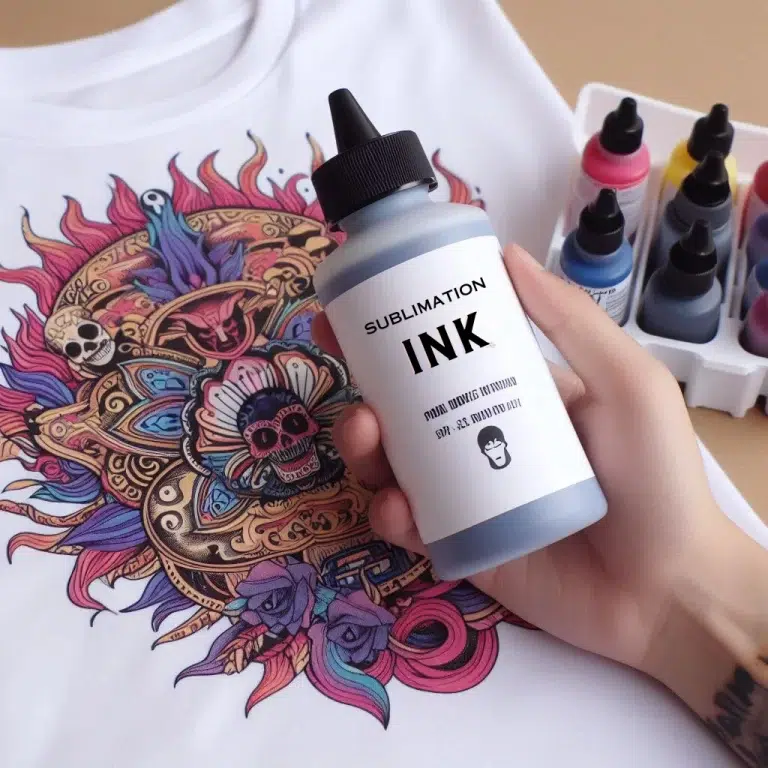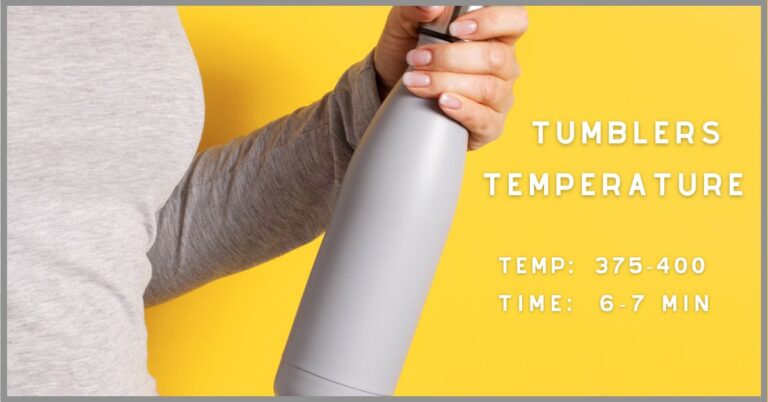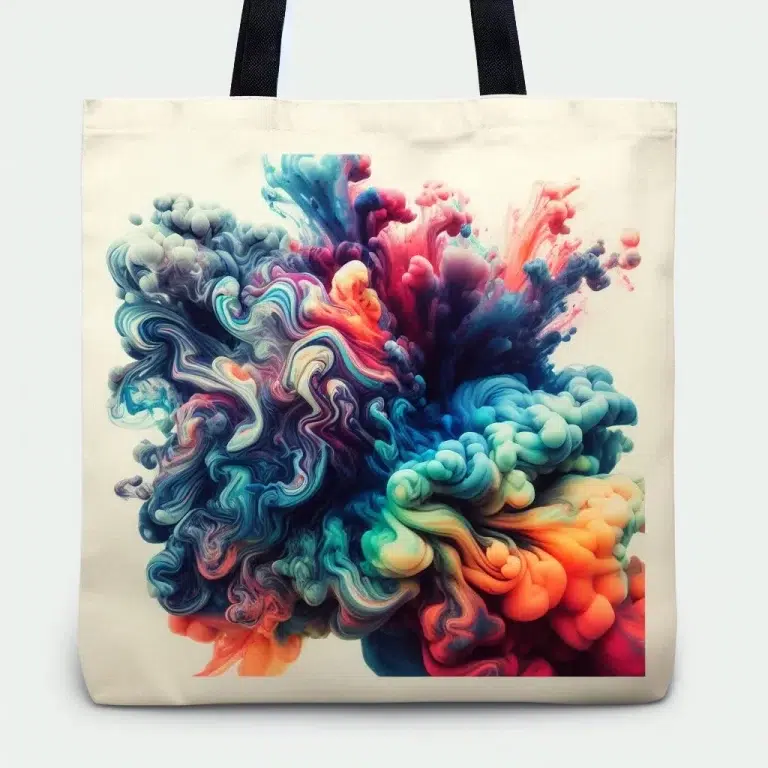Real-Life Examples of Sublimation in Daily Life
Sublimation is a mature defense mechanism where unacceptable impulses (like anger or sexual energy) are unconsciously redirected into socially acceptable, productive activities, for example, channeling anger into exercise or grief into songwriting.
This guide explains everyday examples, how to recognize sublimation, and practical steps to use it as a healthy coping mechanism.
What Is Sublimation?
Sublimation is the unconscious redirection of impulses that might be considered socially inappropriate into positive and productive behavior. Freud described it as a way the mind transforms basic drives into creative or prosocial action.
For instance, rather than lashing out in anger, someone may use that energy to write, paint, or exercise. Unlike suppression or denial, sublimation doesn’t bury emotion, it refines it into something beneficial.
If you’d like to explore how this process connects to emotional transformation and human behavior, read our full guide on Sublimation as a Coping Mechanism in Psychology.
Common Real-Life Examples
Art & Creative Work
Turning heartbreak or frustration into music, painting, or poetry is one of the clearest examples of sublimation. The emotion remains, but it’s reshaped into expression.
Example: A person channels grief after loss into creating abstract paintings that help others connect with emotion.
Sports & Physical Activity
Anger and aggression can be healthily released through sports, running, martial arts, or gym workouts.
Example: After a stressful day, someone opts for a boxing session to release tension.
For those exploring creative ways to channel energy, you might also enjoy our guide on Sublimation and Suppression in Mental Health.
Career Choices & Professional Channeling
Certain career paths naturally provide space for sublimation. People who thrive on control, intensity, or precision often find satisfying roles in surgery, engineering, or law.
Example: A person with strong curiosity and assertiveness becomes an investigative journalist, transforming that drive into professional skill.
Helping Professions & Volunteering
Feelings like guilt, shame, or compassion often transform into altruism. Volunteering at a shelter or mentoring can channel emotional discomfort into contribution.
Example: After feeling regret about past neglect, someone begins regular community service.
If you’re interested in emotional coping strategies, check out our resource on Defense Mechanisms in Mental Health.
Hobbies, Home Projects & Skill Building
Restlessness or dissatisfaction can be redirected into learning or craftsmanship.
Example: A person channels post-breakup energy into learning guitar or renovating their home.
For readers curious about sublimation beyond psychology, our post on Sublimation in Nature: How It Works explains the same process through the lens of physical science.
How To Recognize Sublimation vs Similar Defenses
Sublimation vs Suppression
- Sublimation: Transforms an impulse into a positive outlet (e.g., anger → exercise).
- Suppression: Conscious attempt to push away thoughts or feelings (e.g., “I’ll deal with that later”).
Sublimation results in action or creation, while suppression only postpones expression.
Sublimation vs Displacement
- Displacement: Redirects emotion toward a safer target (e.g., yelling at a partner after a bad day at work).
- Sublimation: Converts energy into something socially valued (e.g., going for a run or writing a poem).
Understanding these subtle differences can help build emotional intelligence and resilience.
Step-by-Step: How To Use Sublimation Constructively
- Notice the impulse. Identify what you’re feeling—anger, guilt, attraction, or restlessness.
- Choose a healthy outlet. Match the energy type with an activity—aggression → exercise, longing → art, guilt → helping others.
- Plan intentionally. Block out time for the activity and set clear, achievable goals.
- Reflect afterward. Notice emotional relief or insight after the outlet.
- Repeat consistently. Over time, this pattern becomes a natural emotional regulation habit.
You can explore examples of this process applied creatively in our article Freud’s Sublimation Explained Simply.
Pros, Cons, and Common Misconceptions
Pros
- Converts emotion into growth or contribution.
- Reduces destructive impulses naturally.
- Strengthens emotional awareness.
Cons
- Can disguise avoidance if overused.
- Doesn’t replace therapy for deeper issues.
- May reinforce perfectionism if overcontrolled.
Misconceptions
- Myth: Sublimation is a conscious choice.
Fact: It usually happens unconsciously, as the mind finds safe outlets for emotion. - Myth: Every creative act is sublimation.
Fact: It only applies when the act transforms inner conflict into positive expression.
Just as emotions can be turned into art, design enthusiasts might enjoy seeing this principle in practice through Sublimation Hoodies Design Ideas.
Quick Evidence Review: Everyday Outlets
Artistic and physical outlets appear most universally in psychological literature, followed by volunteering and career-oriented examples. These trends show where healthy sublimation most often occurs in daily life.
A review of 12 expert psychology sources found the most cited outlets for sublimation include:
| Outlet Type | Frequency of Mention |
|---|---|
| Art & creative expression | 12 |
| Sports & physical activity | 11 |
| Career & professional pursuits | 4 |
| Volunteering & caregiving | 6 |
| Writing & journaling | 3 |
How People Redirect Emotional Energy
Data from APA (2024) and wellness trend reports.
Creative, physical, and social outlets all reflect sublimation in everyday life.
10 Examples of Sublimation (Explained with Images)
Sublimation isn’t just theory. it shows up in daily life more often than we realize.
Here are ten real-world examples that illustrate how emotions transform into meaningful, socially acceptable action.
1. Turning Anger into Exercise

When anger builds up, many people release it through running, boxing, or gym training. The physical intensity channels aggression into endurance and control.
2. Transforming Grief into Art

Artists often process loss or sadness through painting, music, or writing. The emotional energy becomes a visual or auditory expression of healing.
3. Converting Desire into Creativity

Romantic or sexual energy can be sublimated into writing, design, or dance, forms of expression that keep the emotion alive but redirected.
4. Channeling Guilt into Helping Others

When guilt or regret lingers, volunteering or community work often becomes a restorative outlet.
5. Redirecting Anxiety into Planning

Some people cope with anxiety by organizing, scheduling, or creating structured systems, turning restlessness into productivity.
6. Using Jealousy as Motivation

Instead of resenting someone’s success, jealousy can fuel self-improvement and goal setting.
Alt text: Individual using inspiration from others’ success to stay motivated.
7. Turning Loneliness into Learning

Solitude can lead to personal growth when channeled into reading, research, or skill development.
8. Converting Frustration into Innovation

Inventors and problem-solvers often use frustration as the spark for creative breakthroughs.
9. Transforming Shame into Storytelling

Writers and speakers often turn past mistakes into memoirs or talks that help others.
10. Channeling Fear into Preparation

Fear can become fuel for safety and readiness, like preparing for challenges instead of avoiding them.
Mini Case Studies
The Amateur Runner
After frequent workplace tension, Alex begins running daily. Over months, their frustration lessens, and mood stability improves, a classic case of anger sublimated into endurance training.
The Community Organizer
Driven by guilt over inaction, Beatrice volunteers at a local food bank. The ongoing service transforms self-criticism into social engagement and meaning.
Why Sublimation Works — Backed by Brain Science
Behind every act of sublimation lies a simple neurochemical truth: energy must go somewhere.
When intense emotions like anger or desire arise, the brain’s limbic system activates. Instead of suppressing those impulses, sublimation reroutes that energy to the prefrontal cortex, the area responsible for focus, planning, and creativity.
Here’s what happens on a biological level:
- Reward chemicals like dopamine and endorphins are released during creative or physical outlets, reinforcing positive behavior.
- Cognitive reframing occurs — the emotion isn’t buried, it’s repurposed into meaning or skill.
- Stress hormones like cortisol naturally decrease as physical or expressive activity progresses.
Expert Tip: Turning Emotion Into Motion
To make sublimation work in real life, psychologists emphasize one principle, match the outlet to the emotion.
Dr. Lena Harper, Behavioral Psychologist: “Sublimation succeeds when your outlet reflects the emotional energy behind it. Anger seeks motion, grief seeks meaning, and guilt seeks restoration.”
Here are some quick examples:
| Emotion | Healthy Outlet | Result |
|---|---|---|
| Anger or frustration | Physical exercise, running, or martial arts | Releases energy and improves focus |
| Sadness or loss | Art, writing, music, or journaling | Creates meaning and reflection |
| Guilt or regret | Volunteering, mentoring, caregiving | Restores a sense of contribution |
| Restlessness or boredom | Learning, DIY, or building | Converts agitation into skill |
When the outlet fits the emotion, sublimation doesn’t just calm the mind, it builds new pathways for growth and self-understanding.
Quick Self-Check: How Do You Sublimate?
Want to know if you already practice sublimation without realizing it?
Take this quick self-check.
Ask yourself:
- Do you often create, fix, or build something when stressed?
- Do you feel better after exercising or cleaning when upset?
- Do you write, paint, or brainstorm ideas when sad or restless?
- Do you help others or volunteer to cope with guilt or frustration?
✅ If you answered “yes” to three or more, you’re already sublimating, turning emotion into action instead of bottling it up.
Those interested in how sublimation translates from psychology to real-world crafting can learn about compatible equipment in Best Printer for Sublimation.




